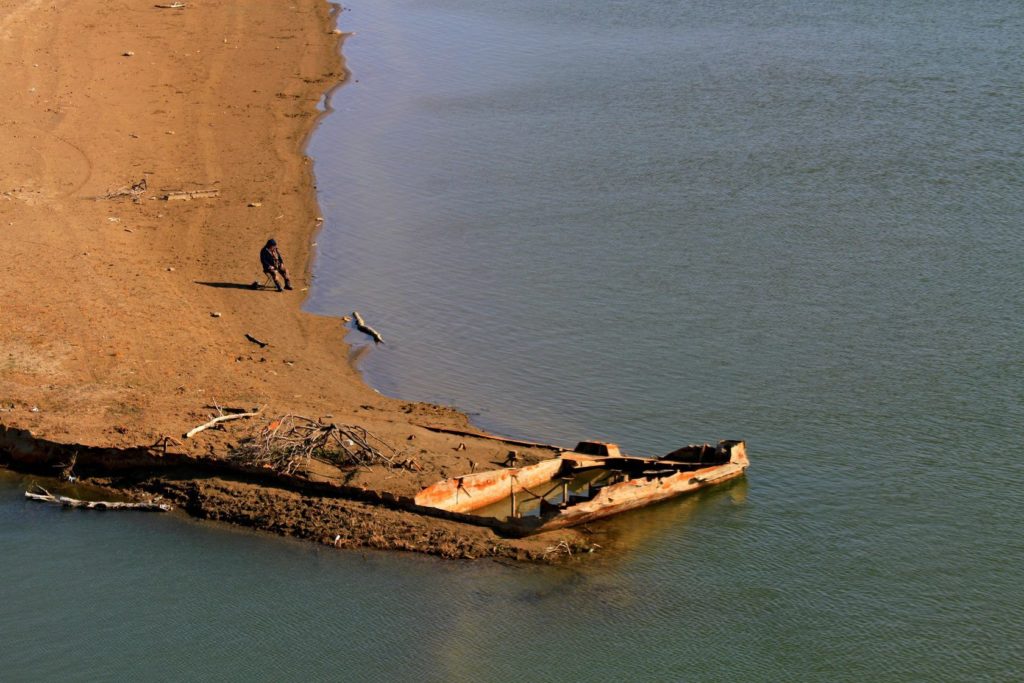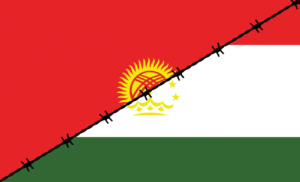This is a copy of our newsletter dated 4 May 2021. Sign up here to receive it directly in your inbox every Monday.
This newsletter is dedicated to post-Soviet Central Asia. Each week, we let you know the latest from the region.
In the news
Hello from Novastan! Apologies for the change in schedule for this week, yesterday was a bank holiday in the UK, where our editor and newsletter writer is based. Next week’s newsletter will be on Monday, as usual.
This week, we’re looking at the conflict at the Kyrgyz-Tajik border, legal amendments in Kyrgyzstan, following up on the case of the Uzbek blogger Miraziz Bazarov, and more…
Tajikistan and Kyrgyzstan have engaged in border clashes of unprecedented violence since the collapse of the Soviet Union. The detailed course of events differs depending on sources, but the initial trigger seemed to be (ENG) the disputed use of a water supply facility located on the Kyrgyz road connecting Tajikistan to the exclave of Vorukh. What started as usual skirmishes between local communities on 28 April turned into a conflict between armed forces of both countries the next day. After an unsuccessful first ceasefire, both sides reached an agreement to demarcate the border on Sunday night without publishing details. According to RFE/RL’s Kyrgyz service (ENG), the situation is now stable.
The Ministry of Health of Kyrgyzstan said 36 Kyrgyz citizens were killed. Tajik authorities have not published information on casualties, but RFE/RL’s Tajik service Radio Ozodi reports (RU) that at least 18 Tajik citizens were killed.
On Friday, Novastan spoke with (ENG) political scientist Parviz Mullojonov to understand the underlying reasons for border disputes in the region.
Human Rights Watch says (ENG) legal amendments under consideration in Kyrgyzstan would “put the political opposition and human rights groups at heightened risk”. According to the rights group, the change would broaden the scope for criminal prosecution of “extremist” organisations to include those found to incite “political enmity,” along with national, ethnic, or racial enmity, and make financing such “extremist” organisations a criminal offense.
Also in Kyrgyzstan: tomorrow, 5 May,Sadyr Japarov, the president, will sign (RU) the country’s new constitution.
The Uzbek blogger and activist Miraziz Bazarov, who was beaten by unknown attackers in March, has been released from the hospital and put under house arrest, RFE/RL’s Uzbek service reports (UZ).
The number of ethnic Russians in Turkmenistan has decreased to about 100,000, about 2% of the population, the lowest figure since the 1930s, Turkmen.news reports (RU).
Covid-19 in Central Asia
As of 3 May 2021, there were officially 528,448 cases, 6,094 deaths and 470,548 recoveries. In more detail:
– Kazakhstan: 327,995 cases, 3,733 deaths, 280,342 recovered
– Kyrgyzstan: 96,337 cases, 1,622 deaths, 89,921 recovered
– Uzbekistan: 90,808 cas, 649 deaths, 87,067 recovered
– Tajikistan: 13,308 cases, 90 deaths, 13,218 recovered (no new cases according to official figures)
– Turkmenistan: 0 cases, 0 deaths, 0 recovered (no cases according to official figures)
Anyone arriving in Kazakhstan from India, including via a third country, will have to spend two weeks in quarantine, Kazakhstan’s health minister announced today (RU).
In 2020, Kyrgyzstan spent $43.8 million on public procurement of goods and services to combat coronavirus, concluding about 9,300 contracts. The Kyrgyz media outlet Kloop looks (RU, graphs in English) at how the money was spent and why the country did not have enough PPE and medicine.
Uzbekistan has started administering the second dose of the coronavirus vaccine, the news agency AKIpress reports (ENG).
Our photo of the week

Nurlan leaves his mountain hut to find out what is happening to his horses. Click on the photo for more information.
Credit: Antoine Béguier
Every day, we publish a photo from Central Asia. You can find it on our website, Facebook, Twitter and Instagram.
Article of the week

A disappearing river: the fate of the Ural
LIFE BY THE RIVER. More than four million people in Kazakhstan and Russia live in the Ural river basin. They are watching the river grow shallower as time goes by. The main reason for this is human activity, scientists say. Can the Ural River’s fate be altered?
Novastan news
On 28 April, Novastan hosted a panel discussion on Central Asian migrants and Covid-19. Watch it again on YouTube or Facebook.
That’s it for this week! For the Russian speakers among you, we recommend this Vlast article (RU) about the mosaics of Kazakhstan and the activists trying to save them.
Thank you for reading! See you next week for more information and analysis from Central Asia. For daily updates, follow us on Facebook, Twitter, Linkedin and Instagram.
 [Newsletter] Deadly clashes at the Kyrgyz-Tajik border
[Newsletter] Deadly clashes at the Kyrgyz-Tajik border 



